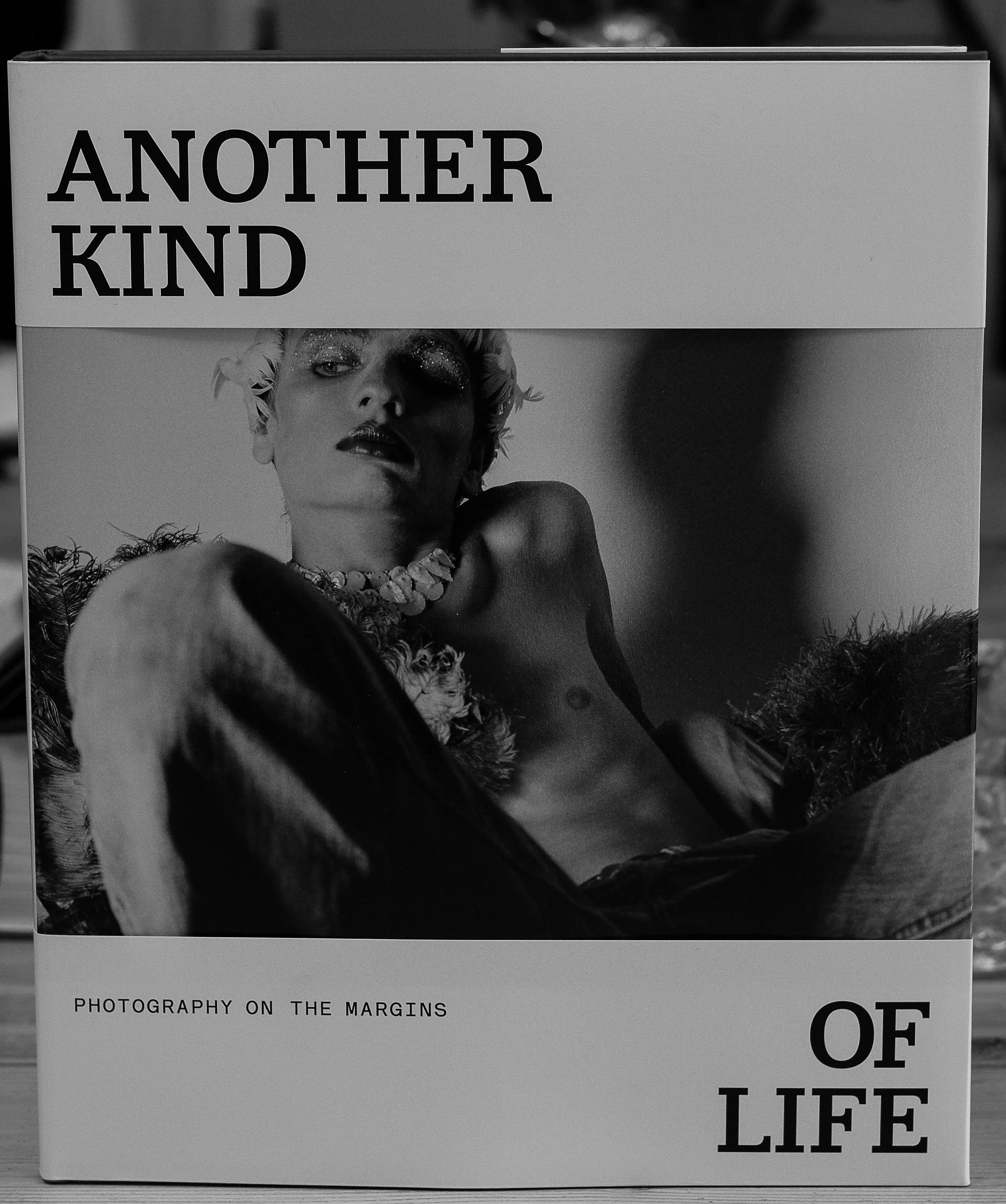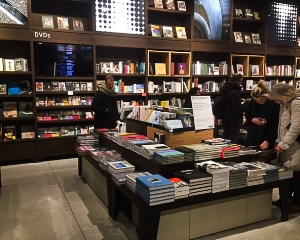Are they still relevant today?
Why bother with reading photography magazines today? Google will answer all your questions and the most modest new product will have a great number of reviews online just a few days after coming onto the market (and often before). So why bother? I don’t read the technical magazines anymore, but there are a number of magazines which remain relevant because they will inspire you. I dip into and read many photography magazines, some mainstream and others a bit fresher (for a better word) such as British Journal of Photography, Aperture, Foam, Accent, etc. The Tate Modern shop, the Photographers’ Gallery and Foyles on Charing Cross Road in London carry a wide selection of excellent magazines worth picking up. My two regular magazines are Black + White Photography (produced in the UK) and Polka (produced in France, in French only unfortunately).
Black + White Photography is a monthly magazine which covers photography from all over the world. It has regular features (eg new gallery shows, photography books, a fortnight at f/8, tests of new products etc) and it has inspirational articles about the work of a particular photographer or printing ideas, or the philosophy of photography. In brief, you will always find several articles of interest. It is also a magazine which I keep and I dip into old issues regularly. It is the only magazine I read cover to cover, every month.
The French Polka magazine is a slightly different beast. It is more glossy but its coverage is wide and is not restricted to black & white photography: portfolios, reportage, innovations, photography in films, exhibitions, interviews, even Instagram discoveries. It comes out every three months and even if your knowledge of French is minimal I am sure you will enjoy dipping into this magazine.
So what to do with all of these magazines lying around at home? After a while (I have subscriptions to both magazines and buy others along the way) they do take a lot of space. After a year or so, I have another look at each magazine. I cut out articles or even just pictures which give me ideas, or remind me of technical points, and I put them in a scrap book (which in of itself will become a personal inspirational tool). Magazines which I have not cannibalised will be passed on to other photographers or sometimes left in train stations’ bookshelves for other people to find .












